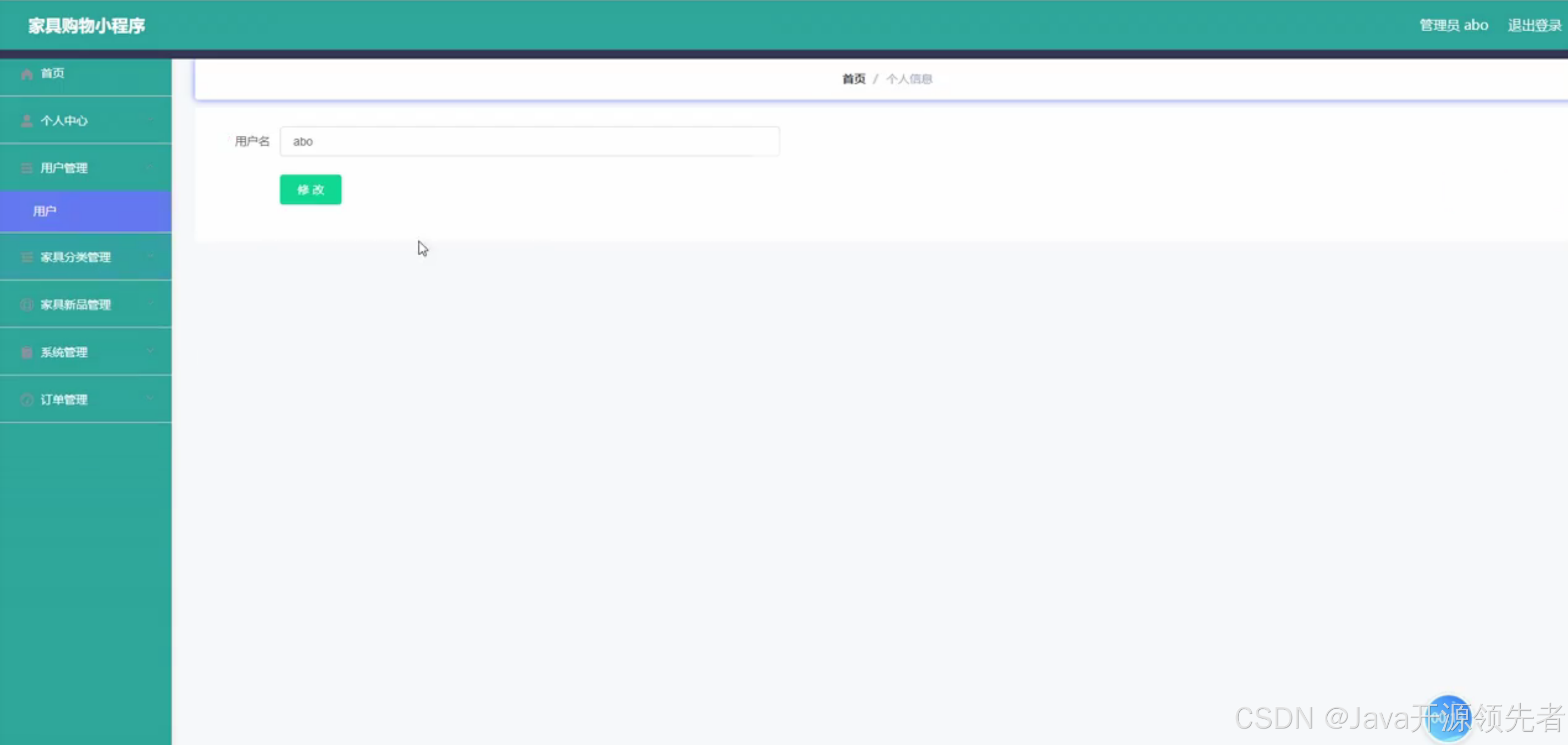目录
一、栈
1、概念与结构
二、栈的实现
1、定义栈的结构
2、栈的初始化
3、栈的销毁
4、入栈
5、出栈
6、bool类型判断栈是否为空
7、取栈顶元素
8、获取栈中有效元素个数
三、完整实现栈的三个文件
Stack.h
Stack.c
test.c
一、栈
1、概念与结构
栈:⼀种特殊的线性表,其只允许在固定的⼀端进⾏插⼊和删除元素操作。进行数据插入和删除操作的⼀端称为栈顶,另⼀端称为栈底。栈中的数据元素遵守后进先出LIFO(Last In First Out)的原则。
压栈:栈的插入操作叫做进栈/压栈/入栈,入数据在栈顶。
出栈:栈的删除操作叫做出栈。出数据也在栈顶。

重点:栈底层结构选型
栈的实现⼀般可以使用数组或者链表实现,相对而言数组的结构实现更优⼀些。因为数组在尾上插入数据的代价比较小。
二、栈的实现
1、定义栈的结构
//定义栈的结构
typedef int STDataType;
typedef struct Stack
{STDataType* arr;int capacity;//栈的空间大小int top;
}ST;思路分析:
定义栈数组指针变量arr,其类型可以通过typedef来转化,定义整型类型栈的空间大小和top栈顶,最后通过typedef类型转换新命名ST栈的结构体类型。
2、栈的初始化
//栈的初始化
void STInit(ST* ps)
{assert(ps);ps->arr = NULL;ps->capacity = ps->top = 0;
}思路分析:
首先assert断言判断ps栈的地址是否为空(NULL),将数组地址置为空(NULL),再将容量capacity和栈顶置为0,即此时栈为空(NULL),栈顶与栈底相等。

栈的初始化时调试窗口:

3、栈的销毁
//栈的销毁
void STDestroy(ST* ps)
{assert(ps);if (ps->arr)free(ps->arr);ps->arr = NULL;ps->top = ps->capacity = 0;
}思路分析:
(1)首先asset断言判断ps栈的地址是否为空(NULL);
(2)再判断ps->arr数组地址是否为空(NULL),若不为空(NULL),则释放掉ps->arr的栈数组地址,再将数组地址置为空(NULL),再将容量capacity和栈顶置为0,即此时栈为空(NULL),栈顶与栈底相等;
(3)若ps->arr数组地址不为空,则直接重复初始化的操作。

栈的销毁时调试窗口:

4、入栈
//入栈
void StackPush(ST* ps, STDataType x)
{assert(ps);//判断空间是否足够if (ps->capacity == ps->top){int newCapacity = ps->capacity == 0 ? 4 : 2 * ps->capacity;STDataType* tmp = (STDataType*)realloc(ps->arr, newCapacity * sizeof(STDataType));if (tmp == NULL){perror("realloc fail!");exit(1);}ps->arr = tmp;ps->capacity = newCapacity;}//空间足够ps->arr[ps->top++] = x;
}思路分析:
(1)首先assert断言判断ps栈地址是否为空(NULL);
(2)再判断空间是否足够,若空间足够的情况下直接插入数据,即判断ps->capacity栈容量是否等于栈顶ps->top,若空间不足够就进入if语句;
(3)ps->capacity栈容量若为0,则申请四个空间,若不为0,则增容2倍的ps->capacity栈容量,最后赋给变量newCapcity;
(4)通过realloc增容函数将新申请的空间强制类型转化为STDataType*给栈指针变量tmp;
(5)再判断tmp是否申请空间成功,最后将新申请的空间地址赋值给arr数组指针变量,再使newCapacity赋值给ps->capacity栈容量;
(6)若空间足够,则直接让栈顶++,同时进行赋值操作。

5、出栈
//出栈
void StackPop(ST* ps)
{assert(ps);assert(!StackEmpty(ps));--ps->top;
}思路分析:
(1)首先通过assert断言判断ps栈的地址是否为空(NULL)和!StackEmpty(ps)为真,若栈为空(NULL),则不可以出数据;
(2)然后再通过栈顶top--,完成出栈操作,使栈顶元素变为无效数据,不存在栈里面。

出栈时的调试窗口:


测试代码运行结果:

6、bool类型判断栈是否为空
//bool类型判断栈是否为空
bool StackEmpty(ST* ps)
{assert(ps);return ps->top == 0;
}思路分析:
通过bool类型去判断栈是否为空(NULL),通过assert断言判断ps栈的地址是否为空(NULL),若不为空,则返回ps->top == 0比较运算式的最终结果值,即为1或0。
7、取栈顶元素
//取栈顶元素
STDataType StackTop(ST* ps)
{assert(ps);assert(!StackEmpty(ps));return ps->arr[ps->top - 1];
}思路分析:
首先通过assert断言判断ps栈的地址是否为空(NULL)和!StackEmpty(ps)为真;最终返回栈顶元素地址,即数组位置top-1。

8、获取栈中有效元素个数
//获取栈中有效元素个数
int STSize(ST* ps)
{assert(ps);return ps->top;
}思路分析:
通过assert断言判断ps栈的地址,最终返回栈中的有效元素个数,即为栈顶的数组下标。
三、完整实现栈的三个文件
Stack.h
#pragma once#include<stdio.h>
#include<stdlib.h>
#include<assert.h>
#include<stdbool.h>//定义栈的结构
typedef int STDataType;
typedef struct Stack
{STDataType* arr;int capacity;//栈的空间大小int top;
}ST;//栈的初始化
void STInit(ST* ps);//栈的销毁
void STDestroy(ST* ps);//栈顶——入数据、出数据
//入栈
void StackPush(ST* ps, STDataType x);//出栈
void StackPop(ST* ps);//bool类型判断是否为空
bool StackEmpty(ST* ps);//取栈顶元素
STDataType StackTop(ST* ps);//获取栈中有效元素个数
int STSize(ST* ps);Stack.c
#define _CRT_SECURE_NO_WARNINGS 1
#include<Stack.h>//栈的初始化
void STInit(ST* ps)
{assert(ps);ps->arr = NULL;ps->capacity = ps->top = 0;
}//栈的销毁
void STDestroy(ST* ps)
{assert(ps);if (ps->arr)free(ps->arr);ps->arr = NULL;ps->top = ps->capacity = 0;
}//入栈
void StackPush(ST* ps, STDataType x)
{assert(ps);//判断空间是否足够if (ps->capacity == ps->top){int newCapacity = ps->capacity == 0 ? 4 : 2 * ps->capacity;STDataType* tmp = (STDataType*)realloc(ps->arr, newCapacity * sizeof(STDataType));if (tmp == NULL){perror("realloc fail!");exit(1);}ps->arr = tmp;ps->capacity = newCapacity;}//空间足够ps->arr[ps->top++] = x;
}//出栈
void StackPop(ST* ps)
{assert(ps);assert(!StackEmpty(ps));--ps->top;
}//bool类型判断栈是否为空
bool StackEmpty(ST* ps)
{assert(ps);return ps->top == 0;
}//取栈顶元素
STDataType StackTop(ST* ps)
{assert(ps);assert(!StackEmpty(ps));return ps->arr[ps->top - 1];
}//获取栈中有效元素个数
int STSize(ST* ps)
{assert(ps);return ps->top;
}test.c
#define _CRT_SECURE_NO_WARNINGS 1#include<Stack.h>void STTest()
{ST st;STInit(&st);//初始化//入栈StackPush(&st, 1);StackPush(&st, 2);StackPush(&st, 3);StackPush(&st, 4);StackPush(&st, 5);//出栈//StackPop(&st);//循环出栈,直到栈为空while (!StackEmpty(&st)){STDataType data = StackTop(&st);//取栈顶元素printf("%d ", data);//出栈StackPop(&st);}printf("size:%d\n", STSize(&st));//获取栈中有效元素的个数STDestroy(&st);//栈的销毁
}int main()
{STTest();return 0;
}









![Servlet[springmvc]的Servlet.init()引发异常](https://i-blog.csdnimg.cn/direct/1e69e9a5f2704fa79c22356498f346fc.png)








